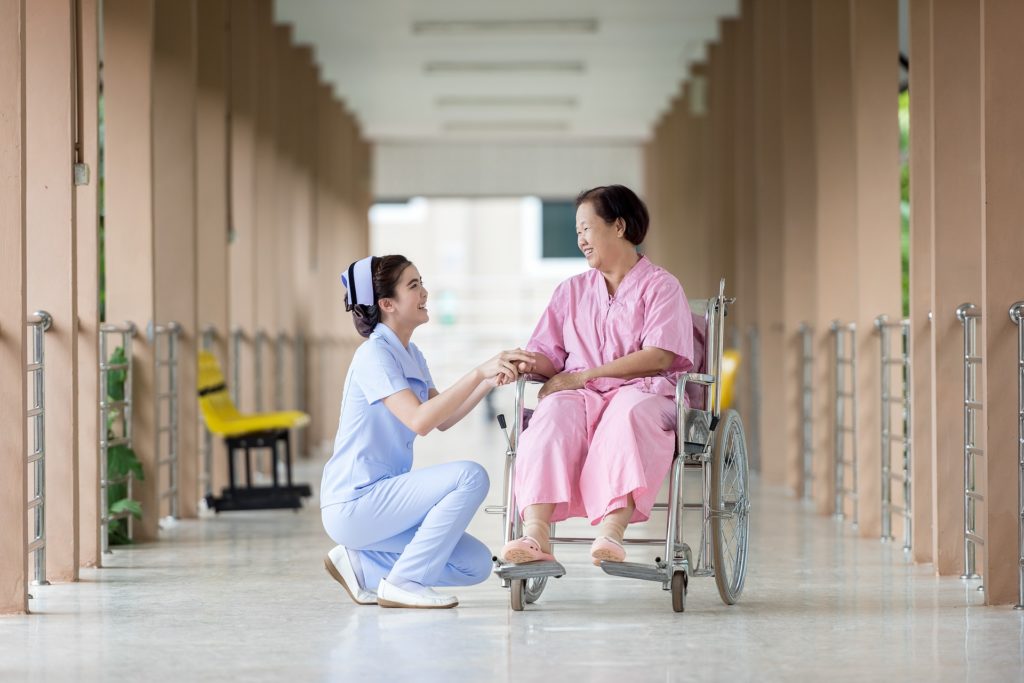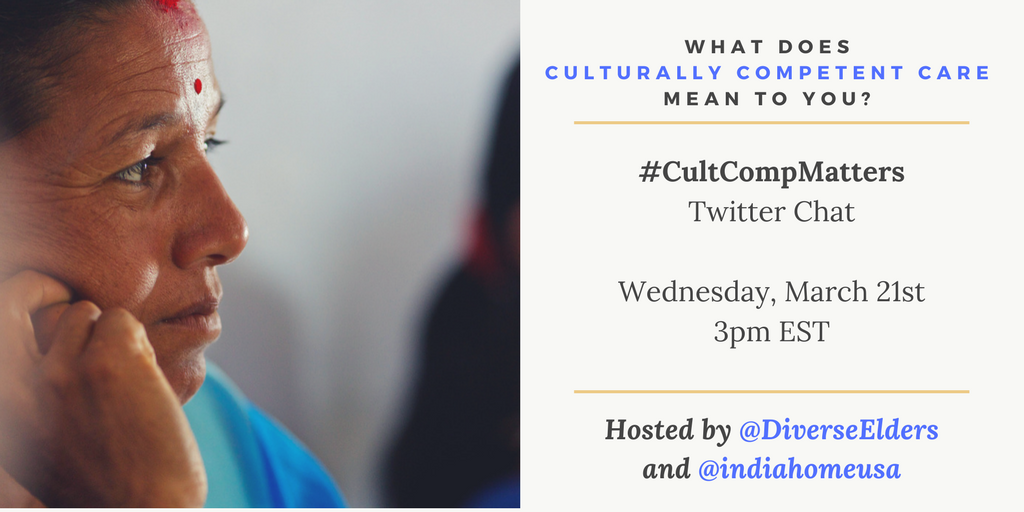A married, gay older couple living in a nursing home introduced themselves as brothers to their healthcare providers and fellow residents because they were afraid of discrimination. A limited-English proficient Chinese American older adult was exhibiting signs of dementia, but her husband thought they were natural symptoms of aging and didn’t tell his family members or doctor what they were experiencing. A home care worker could not figure out how to remove the traditional dress that an American Indian Elder was wearing, so she cut the dress off — not knowing that in the Elder’s culture, clothing was only cut off of a person’s body after they had died.
Stories about diverse elders experiencing a lack of culturally competent care abound. In fact, we heard so many comments about the need for cultural competence during our 2016 #TellACL campaign that it became one of the major recommendations from our report, “Aging with Health and Dignity: Diverse Elders Speak Up.” But cultural competence can mean so many different things to so many different communities. It is understandably overwhelming for healthcare providers, caregivers, and advocates to know where to begin when we say “culturally competent care.”

A growing number of agencies across the United States have adopted policies in favor of culturally competent, person-centered care, and the older adults living in those areas are seeing better care as a result. Here in New York City, where I live and work, the NYC Department for the Aging (DFTA) has long called for cultural competence in its requests for proposals for senior services. DFTA’s senior center standards were updated in 2016 to explicitly include cultural competence. “Cultural competency has been a key component of our contracts with senior center providers for more than a decade. We continue to strengthen those requirements with standards that better support all seniors through various languages, culturally sensitive programming and specialized food needs – all of which are integral to our mission of serving New York’s diverse older adults with dignity,” a representative from the New York City Department for the Aging told us.
Historically, healthcare providers and caregivers have prided themselves on the idea that they treat everyone the same, delivering a quality of care that was, in theory, immune to discrimination and prejudice. But that “one-size-fits-all” approach ignores the unique cultural and linguistic needs that many diverse older adults have, and the very real barriers to our ability to age with health and dignity. How can we better promote the idea of culturally competent care to those who are caring for diverse elders?
The Diverse Elders Coalition is teaming up with India Home to promote culturally competent aging services for diverse elders. We want to know: what does culturally comptent care look like to you and your community? You can share your story with us through our Diverse Elders Stories Initiative, or leave us a comment on Facebook. We’ll be using the hashtag #CultCompMatters all month long to share these stories with healthcare providers, caregivers, and advocates to remind them of the reasons we’re advocating for culturally competent care for diverse elders.
And if you want to talk to us about culturally competent care, we will be hosting a #CultCompMatters Twitter chat on Wednesday, March 21st at 3pm. Join us to learn more about what cultural competency is, why it matters, and how you can share your story with us. We look forward to hearing more about aging in your communities and how the Diverse Elders Coalition can better meet the needs of the older adults we serve.
The opinions expressed in this article are those of the author and do not necessarily reflect those of the Diverse Elders Coalition.


